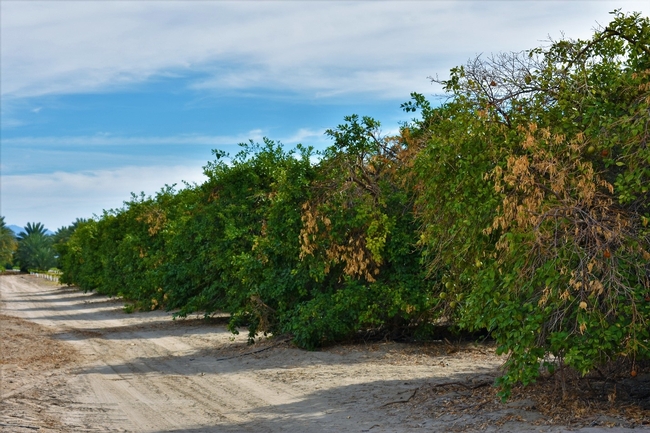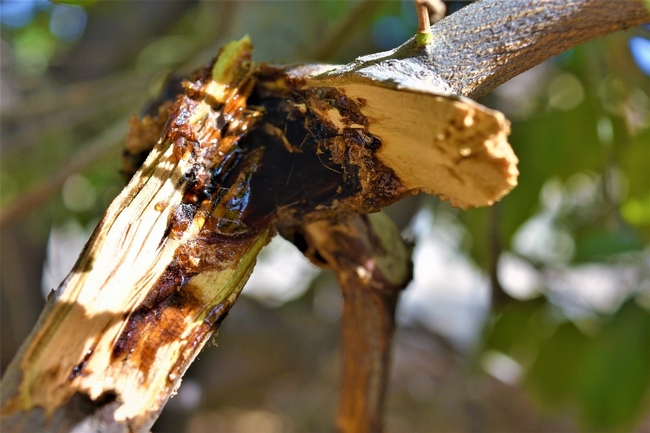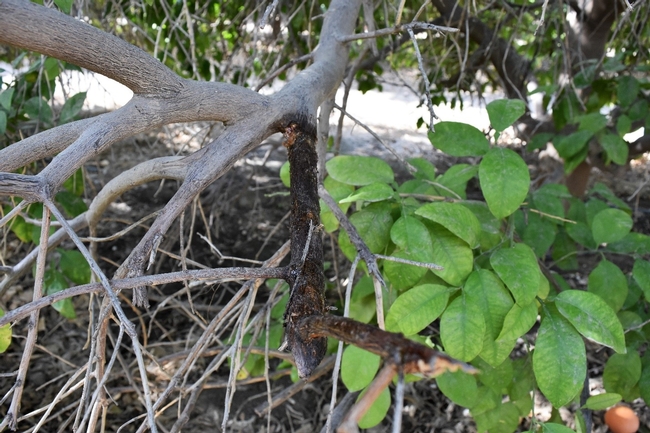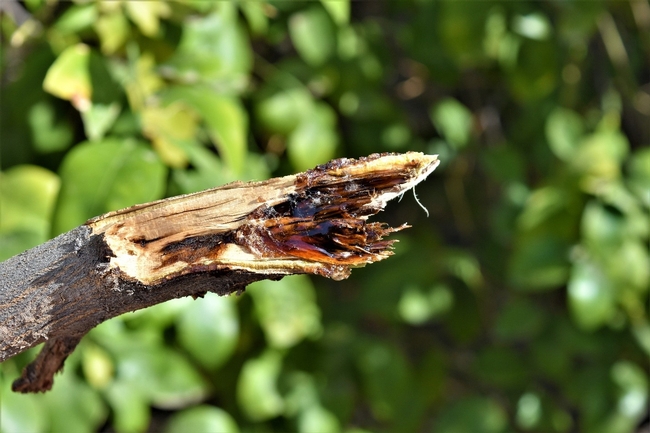- Author: Ben Faber
2019 Date Palm Field Day
November 21, 2019
8:30 - 2:15 PM
Coachella Valley Agricultural Research Station
86501 72nd Ave, Thermal, CA 92274
Fee: $25, lunch included
Agenda
8:00am – Registration for CE units, coffee, pastries
8:30am- Welcome- Sonia Rios, UCCE Riverside
8:45am- Tom Perring, UC Riverside. Current status of Insect and Mite Pests of dates
9:15am- Tom Perring, UC Riverside. Part 1: What we know about puffy skin of medjool dates
9:30am- Robert Krueger, USDA/ARS. Part 2: What we know about puffy skin of medjool dates/Date research pollination update
9:45- Ali Montazar, UCCE. An update on the on-going irrigation management project in California date palm
10:15am-Break
10:35- Mark Hoddle, UCR. Updates on the South American Palm Weevil Invasion
11:35- MaryLou Polek, USDA/ARS. Update on Date Palm Activities at the Repository
12:05pm- Lunch- Sponsored by Corteva
1:15pm- Peggy Mauk, UC Riverside.
1:45 - Bob Mulherin, Riverside Agriculture Commission. Laws and Regulation Updates
2:15 – Wrap up
Space is Limited-Register online at:
http://ucanr.edu/survey/survey.cfm?surveynumber=28232
*No Cash/Check payment will be excepted on site, day of
DPR/ISA Continuing Education Credits Upon Request
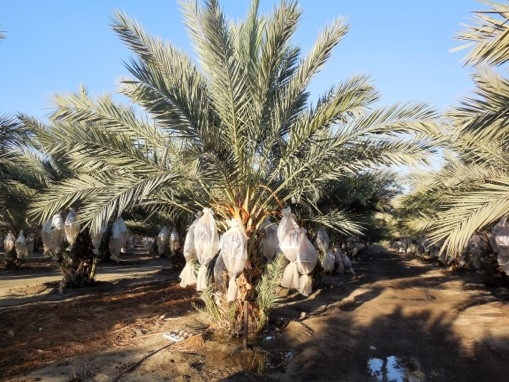
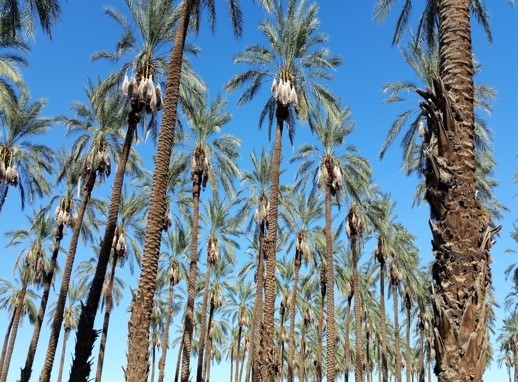
- Author: Sonia Rios
In the fall of 2016 growers in the Coachella desert have been experience very puzzling symptoms on their grapefruit trees. One incident, symptoms the tree had gumming oozing from the branches (Fig. 1). Usually if it were oozing from the stump it would be a root disease such as Phytophthora spp. After photos and branch samples were taken to the Plant Pathologist at University of California, Riverside, Dr. Akif Eskelan, results determined that the trees had branch canker and Hendersonula Disease.
Symptomology
Infection by Nattrassia mangiferae (Hendersonula toruloidea) causes bark cracking and peeling or dead bark that remains tightly attached to dead limbs. Black, sooty growth may develop beneath infected bark. Brownish moist areas appear on limbs during the first stages of disease, then the bark in these areas cracks or peels away revealing black masses of fungal spores (Fig 4.). In advance stages, the injured limbs may “bleed” profusely, oozing a sap like sticky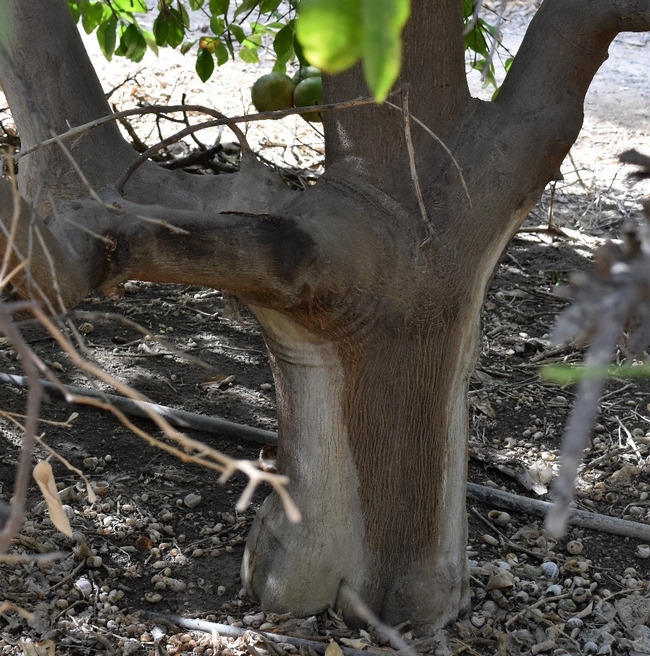
Management
Trees weakened by a disease, water stress, nutritional deficiencies, excessive pruning/mechanical damage create a are more susceptible. As many of these stressors can cause a tree to get sunburned and creates wounds that can serve as infection sites for this pathogen. Prevent sunburn by maintaining vigorous canopies through best management practices http://fruitandnuteducation.ucdavis.edu/generaltopics/ . Proper irrigation, fertilization, pruning, and pest control. Look for symptoms annually right after harvest while there are still healthy leaves on trees. Remove diseased limbs, cutting back to a lateral branch into healthy wood that shows no discoloration. Burn all infested wood, do not chip and use infected wood as mulch.
Additional Resources can be found at:
http://eskalenlab.ucr.edu/handouts/desertdieback.pdf


